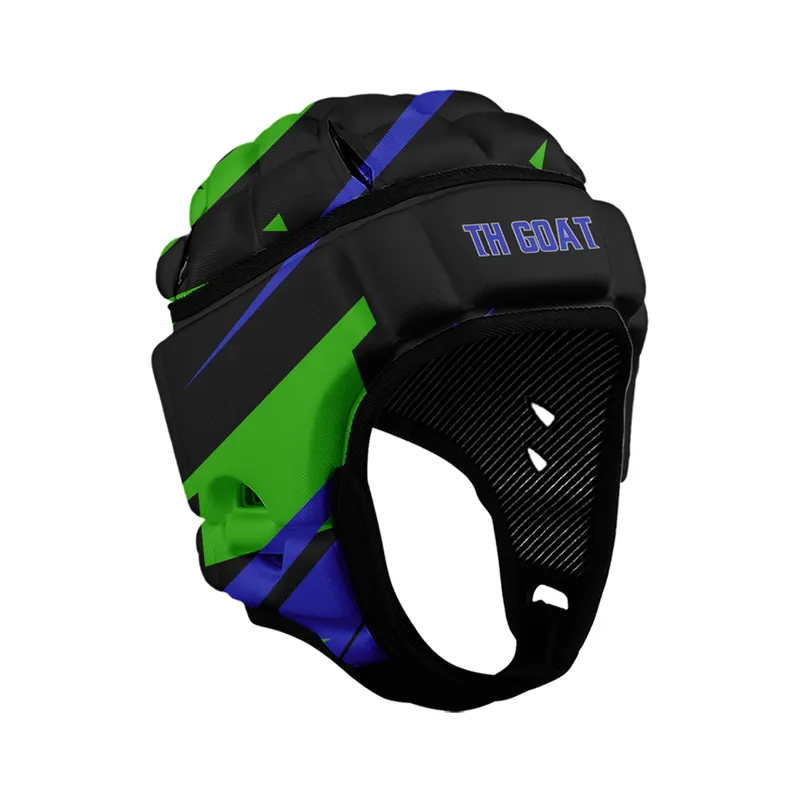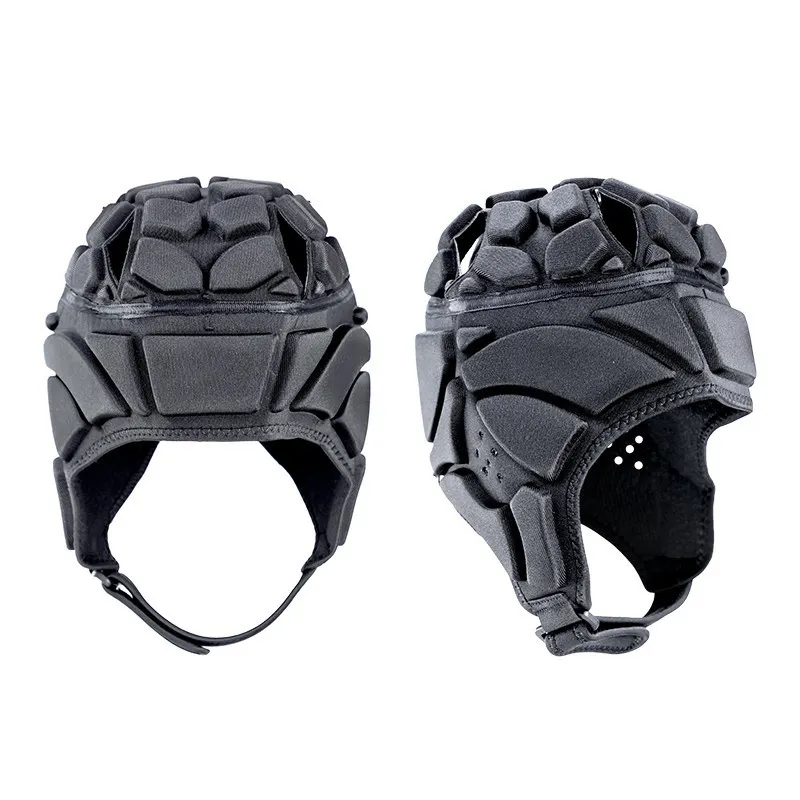NFL headgear, specifically helmets, is a critical component of player safety on the football field. These helmets are designed with a range of features and technologies to provide protection and enhance overall performance. Here are some key aspects and secrets behind NFL helmets:
- Custom Fitting: Every NFL player’s helmet is custom-fitted to their head. This ensures a snug and secure fit, reducing the risk of movement or dislodgment during play. A well-fitted helmet maximizes protection and comfort.
- Outer Shell: NFL helmets feature an outer shell constructed from advanced materials like carbon fiber, Kevlar, and composite plastics. These materials provide a balance of strength, durability, and lightweight design.
- Impact-Absorbing Liner: The inner lining of the helmet is typically made of expanded polystyrene (EPS) foam. This foam is engineered to deform upon impact, absorbing and dissipating the energy generated during collisions, reducing the force transmitted to the player’s head.
- Facial Protection: Helmets in the NFL come with face masks or visors that provide vital protection for the player’s face. These face masks are designed to absorb and distribute forces while allowing for sufficient visibility.
- Ventilation Systems: Modern NFL helmets have ventilation systems to regulate temperature and reduce moisture buildup inside the helmet. Comfortable head temperature is essential for player focus and performance.
- Customization Options: Helmets often come with customization options, allowing players to choose different facemask styles, chin strap configurations, and padding materials to tailor their helmet to their specific preferences and playing style.
- Safety Standards: NFL helmets must meet strict safety standards and be certified by the National Operating Committee on Standards for Athletic Equipment (NOCSAE). These standards ensure that helmets offer a high level of protection.
- Ongoing Research and Development: The NFL invests in research and development to continually improve helmet technology. The league collaborates with helmet manufacturers to enhance designs and reduce head injury risks.
- Regular Maintenance and Inspection: Helmets require regular maintenance and inspection to ensure they remain in good condition. Helmets that have been involved in significant impacts should be replaced, as they may have sustained damage not visible to the naked eye.
- Advanced Materials: Helmets are constructed from high-strength materials designed to withstand the rigors of the game. These materials can endure repeated impacts without losing their protective qualities.
- Impact Sensors: Some modern helmets come equipped with impact sensors that measure the magnitude and location of impacts. This data helps monitor player safety and assess potential injuries.
- Education and Training: Players receive education and training on the proper use and care of their helmets. They are also taught to recognize the signs and symptoms of head injuries.
NFL helmets are a culmination of cutting-edge technology, extensive research, and a commitment to player safety. The league, along with helmet manufacturers, continually works to enhance helmet designs and technology, ensuring that players are better protected while competing at the highest level of the game.


